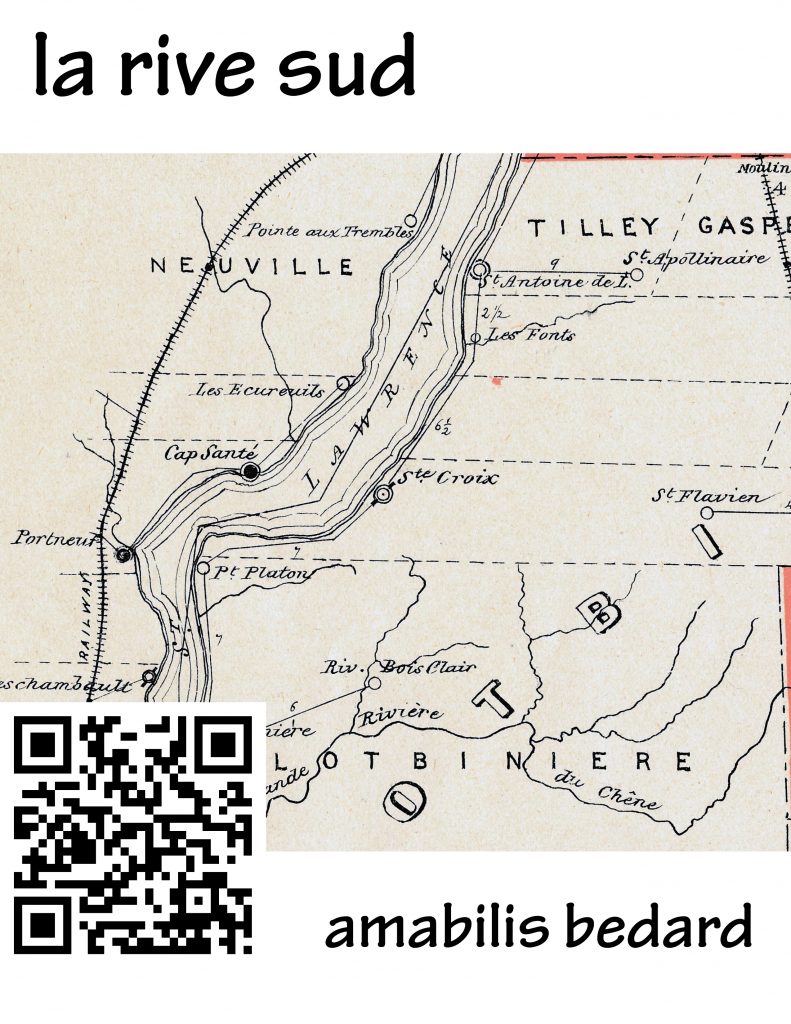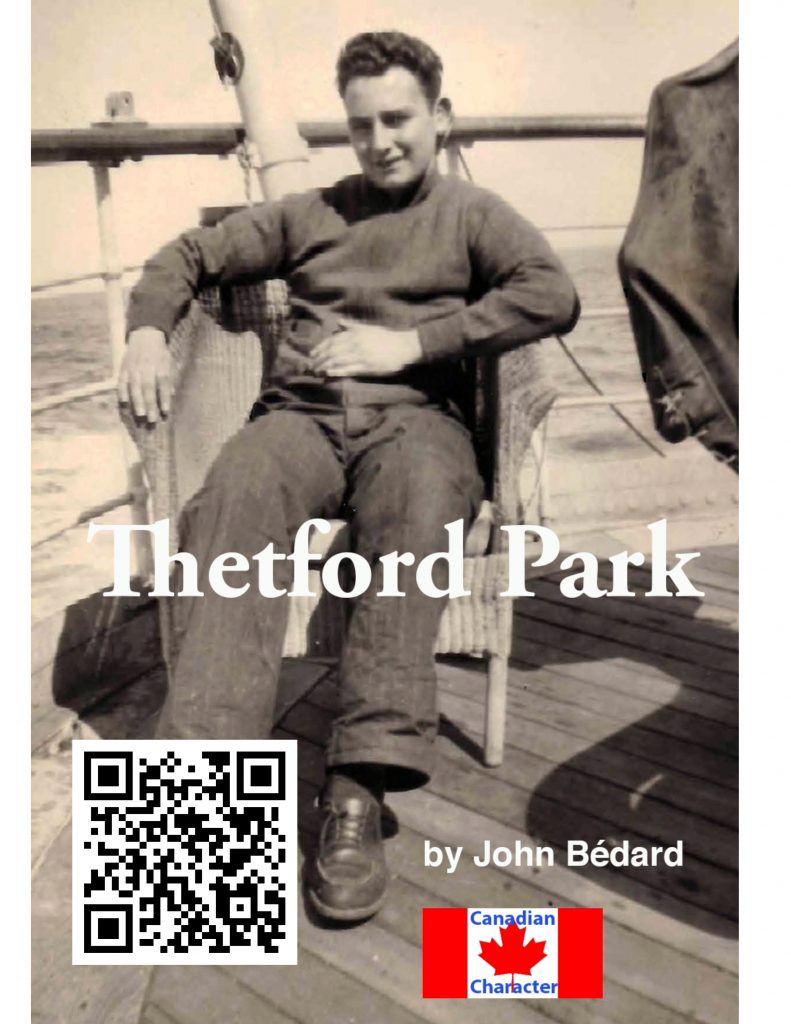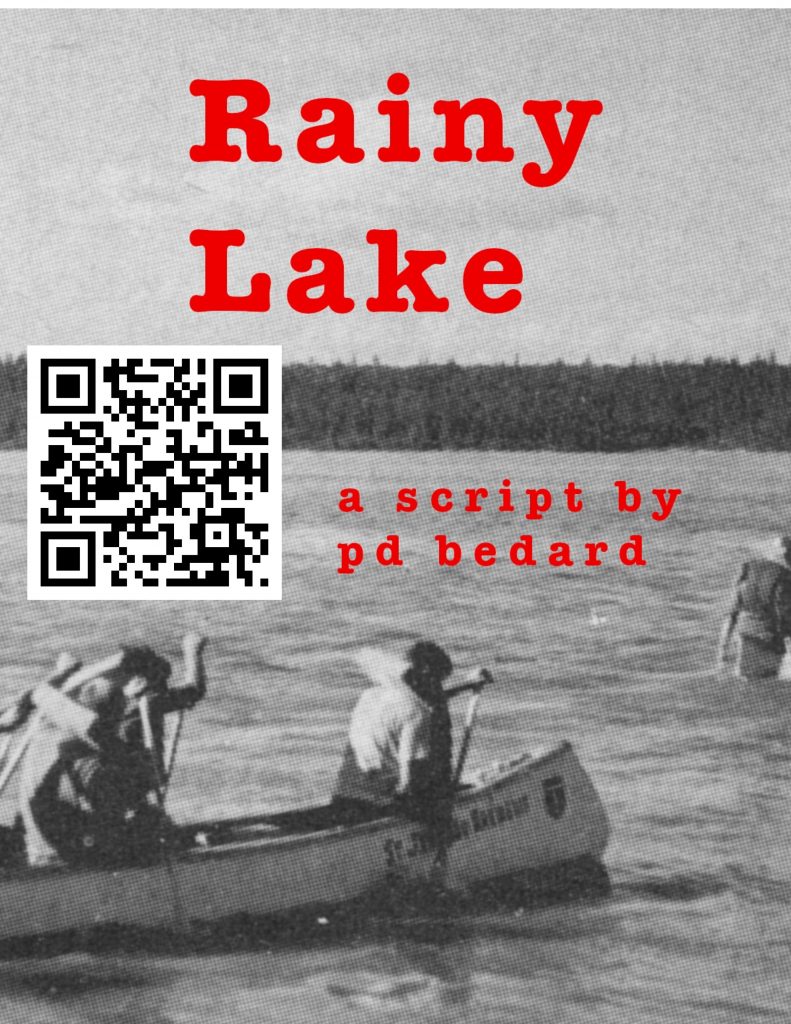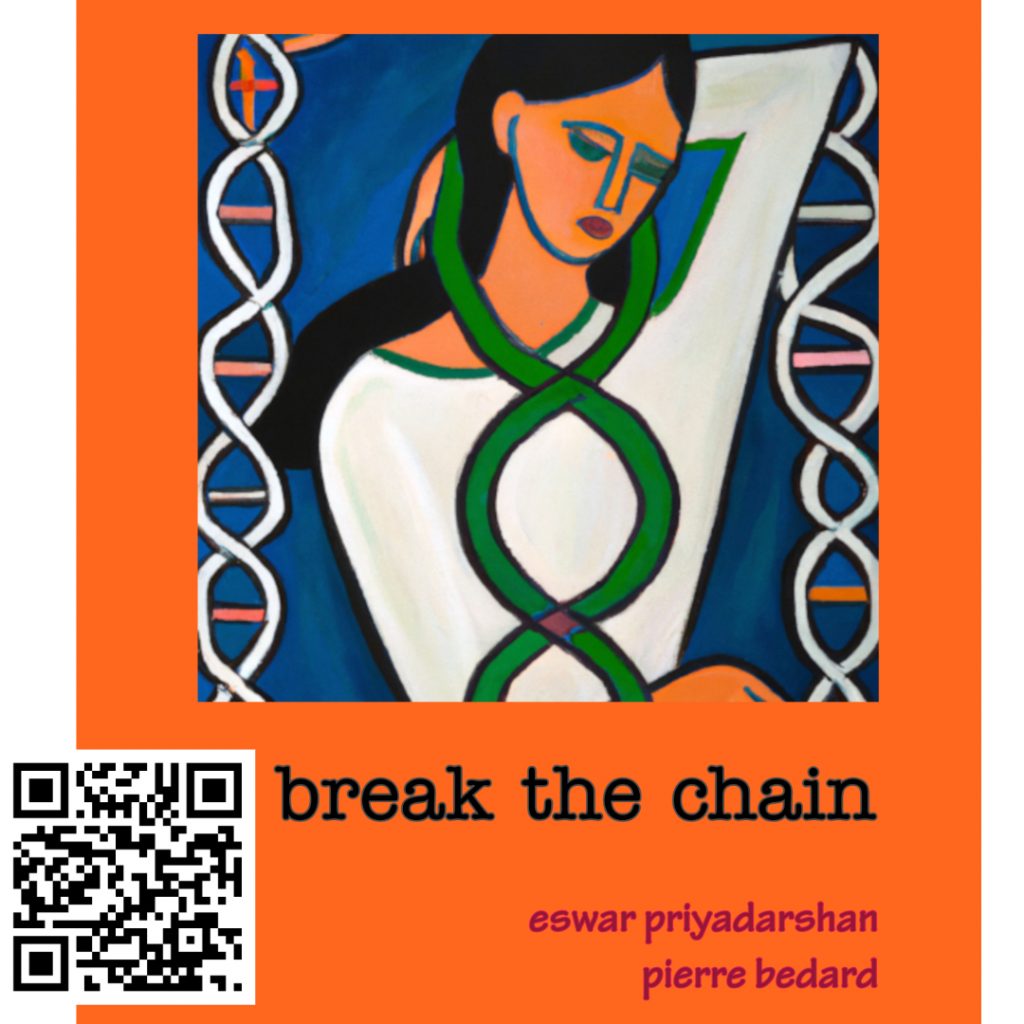A perspective almost four years after writing the Nurse & the Virus

I am reading The Big Fail, by Joe Nocera and Bethany McLean, a book about the Pandemic and how it all went wrong. The book is written chronologically. Before I made it to page 50, I was sucked into the timeline, and tried to make sense of what the hell happened to us in early 2020. Reflecting, I want to throw up, but I’ll post this instead.
It’s been almost four years since we looked over the edge of the cliff into the abyss, without much of a safety net. The Nurse & The Virus, was published in May 2020, before any vaccine saw the street. The story isn’t about the virus, or the mRNA vaccine that came later. It’s about being a nurse, being put into the breech, and almost losing your life taking care of others. It’s about my mother and her experience with the Hepatitis B virus.
Maybe this whole post is a mistake, to look back, but that’s what I decided to do — look back at my Google Calendar from February and March 2020. I print the calendar and try to frame my physical self in the events that went down, the events we all try to forget, to put in our rearview mirror, the viral culling and two-year overnight drop in life expectancy.
I stare at the paper trying to correlate events with reality, but there was no reality at that time. There is no way to measure this, no experience as a baseline. Maybe 1919. It was a time when no one knew anything, and everyone tried to do their best.
For four full days in mid-February, the IBM worldwide salesforce and business partners came together in Las Vegas. To protect us, IBM handed out extra large dispensers of hand sanitizer and a name badge for each of us at check-in. That was it. No masks, no instructions, just here’s your hand sanitizer because we know you all like to shake hands — this will keep you safe. Now go, make your number.
The one great thing about sales is that you if make your number (your quota), you live. If you miss your number, you die. The rules, from the outside, seem simple.
We all thought IBM knew something was up. The group meals, the hotels, the entertainment, the agenda, the speakers and whatnot were all set up, and that was that. Las Vegas was deserted. There were no lines. Anywhere. People already knew.
But not IBM. We seemed to be the only ones in the Venetian complex.
You didn’t need Watson to figure out what was going down, but management had no empathy. They didn’t give a shit for anything but their quarterly bonuses. It’s been posited that actions speak louder than words.
I flew into Las Vegas from San Jose and sat with a fellow IBMer, who had just flown in from China. My friend hurried home, showered, said hello to the fam, hopped a Southwest Airlines flight to Las Vegas, and joined me in bulkhead. I was off to Vegas.

On March 3, we demolished half our house and started our remodel. We built a laundry/kitchen/pantry in what had been our master bathroom and got ready for the hell of construction.
I met with our contractor. We talked about what to do and decided to move forward, come whatever. Should we walk away? We chose not to.
Later, we found out construction workers were deemed essential, and we could move forward provided we adhered to the County protocols.

Santa Clara County allowed construction to move forward under certain conditions. This workstation and portable sink were part of the protocol.

Masks, hand sanitizer, and sign-in sheet. We’re there!
On Monday, March 9, as the chair of the Los Altos/Los Altos Hills Library Commission, I hosted a meeting about rebuilding our main library. In the meeting were city council members, the mayors of both cities, library officials, and other interested parties.
On March 16, everything in Santa Clara County locked down. One branch of our library, Woodland Library, shut down indefinitely until further notice.
When the employees staged a one-day labor walkout, I felt as if the world had ended for a day. They closed the library for an entire day. One whole day.
This was different, this was going to be for a long time. We couldn’t test for it. We didn’t really know exactly how it spread. We began to realize that there was no cure.
Library employees work for the County, and so can be drafted to do other County work. Many were tasked with the counting, tabulation, and contact tracing the Pandemic brought on. There were no fights about masks or vaccines. There were no masks, and certainly no vaccines. Soon, mask patterns became popular on ETSY, distributed in pdf.
And then we started hearing things as the year progressed. Some of it was hearsay, some of it close, firsthand.
My cousin, Heidi, a Ph.D. in Nursing who edited our Grandmother’s memoirs, immortalized in la rive sud, got sick early on. It went for her heart. The exact details matter, but not here.
Heidi was a nurse. She became a nurse because she belonged in nursing, and was by all accounts damn good at teaching others nursing. We wanted to think that Heidi became a nurse because of my Mother, Heidi’s Godmother, Therese Anne Bedard, RN. Heidi gave her life to nursing, to others, and the world. Heidi is a hero.
I spoke recently to a friend of mine who just retired from nursing. The stories he told of the loneliness of people passing, with him, exhausted, as the only conduit between the sufferers and their families. We all die, but no one should die alone.
Before this pandemic, Heidi had used my grandmother’s writing about living through the 1919 Spanish Flu pandemic in a class she thought. There is nothing less ironic than true life. I heard of a colleague’s son who coded out and needed open heart surgery to vacuum blood clots out. His blood was clotting, out of control.
No one knew why.
Heidi recently passed. Not a victim. Just a hero.
I wrote the Nurse & the Virus before the availability of the first COVID-19 vaccine. And here we are, almost four years later. No victims. Just heroes.
Please enjoy the Nurse & the Virus.





